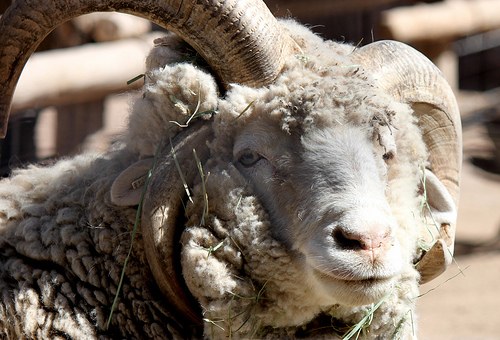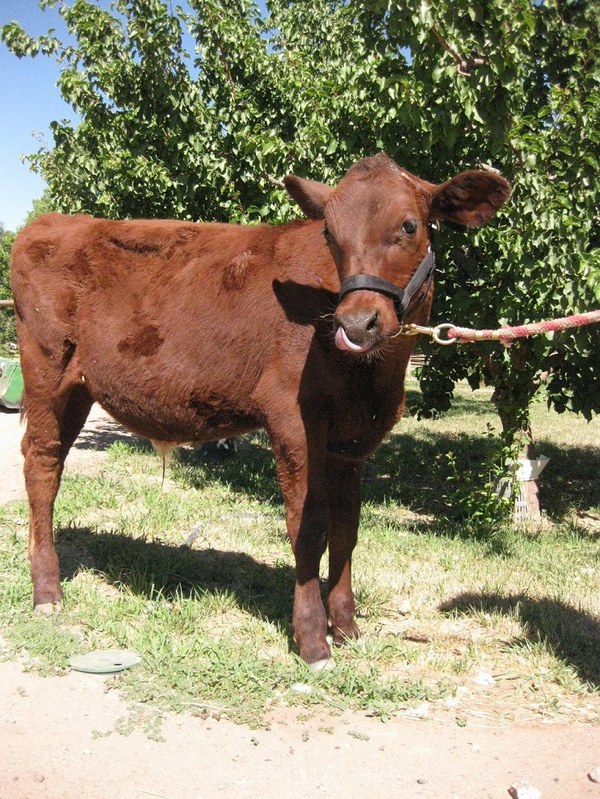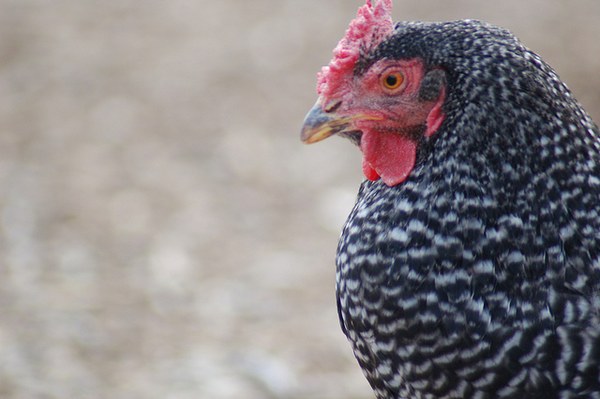Heritage Breeds at the Farm
Even on the farm, the ABQ BioPark is working to protect biodiversity.
At the Heritage Farm, we exhibit and teach about the importance of heritage animals and heirloom variety plants. Like endangered species at the zoo and aquarium, some of these heritage breeds are threatened with extinction, or recovering from that threat.
Navajo-Churro Sheep


Milking Shorthorn
Rocky, the steer out at the farm is a milking shorthorn, one of the most critically endangered cattle breeds in the United States. They are originally from Durham, England. An incredibly popular breed for quality milk production and meat for hundreds of years (introduced in the United States in the 1780s), milking shorthorns were replaced by Holstein’s which produce more but less–tasty milk.
Dominique Chickens

Livestock Facing Extinction
Twenty one percent of the world’s 8000 breeds are in danger of extinction. The Livestock Conservancy works to protect the genetic diversity of our global livestock and poultry breeds organization through education, outreach, research, and even genetic material rescues.
Why should we care about these breeds?
We need heritage breeds (like we need diverse plant varieties) to protect our agricultural assets around the world! Protecting diversity–-the variety of life at all levels–-helps us to make sure that we don’t loose access to unique characteristics or adaptations that might make a breed more beneficial to us in the future.
Diversity also helps to prevent catastrophic events from having a domino effect, like the potato blight that caused the Irish Potato Famine of the 1800s. Additionally, diversity keeps things interesting and many of the breeds that have fallen out of favor today, have long and fascinating stories that connect us to our past.
Heritage Crops
Open pollinated and passed through generations, heritage crops were produced on a small scale by people who lived off the land. Now, after a shift to large-scale agriculture, many of those crops are on the brink of disappearing. Learn more about the Heritage Farm's heritage crops.
